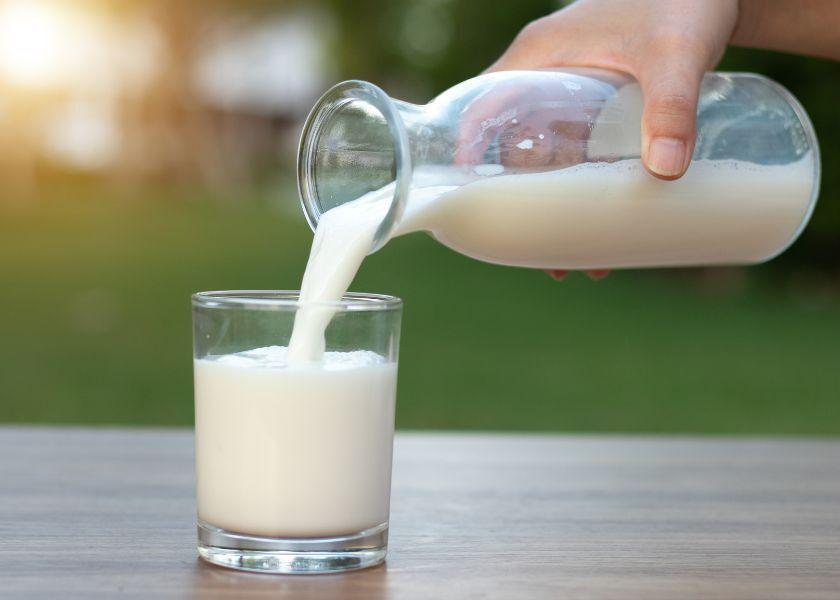NMPF’s Jim Mulhern Discusses Federal Milk Marketing Orders Modernization Proposal

Recently, National Milk Producers Federation (NMPF) president and CEO, Jim Mulhern, spoke to AgriTalk’s host, Chip Flory, about federal milk marketing orders. Mulhern stated that the orders are needed, especially on the producer level to promote orderly market conditions, supervise terms of trade, achieve more equality of bargaining between dairy farmers and milk processors and assure that consumers have an adequate dairy supply.
“It's a real fact to make sure that there is an orderly market for producers who have a product that they are producing on a daily basis, shipped from the farm every day and every other day to a plant where it's tested,” Mulhern says. “To ensure that we have clear market transparency in terms of prices, and to help regulate that class one fluid market, the class one market is the milk that goes into fluid form into the gallon jugs, half gallons, half pints and quarts.”
According to Mulhern, the real benefit for consumers regarding milk market orders is to ensure that dairy products are going to be there when they want them and in the form that they want them.
In 2020 when COVID-19 hit, the entire country was thrown into a form of chaos and the world shut down. Mulhern shared that there was a tremendous backlog of dairy products and plants were trying to shift their operations.
“You have plants that are producing just for the food service market, and they had to shift milk into other suppliers or other processors and figure out what they're going to do with their operations going forward,” he says. “The net result of all that was a sharp, very steep decline in milk prices across the country.”
Although Mulhern shares the federal government Farmers to Families Food Box program helped turn milk prices around, especially on the cheese side.
“The food box program was a saving grace for dairy,” he says.
New Proposal
The last time the Federal Milk Marketing Order was overhauled was in 2000. Mulhern shares that the new proposal has been a long process and a team effort on behalf of NMPF to draft up.
“The program hasn't been updated in 23 years. It needs some fine-tuning and needs some updating as we're calling it a modernization of the program,” he shared. “That's what we've done in our proposal that went to USDA earlier this month.”
The proposal serves as a petition to the USDA to update the program. NMPF is hopeful that USDA will move forward with a national federal milk market order hearing to look at the five issues that they have included in the proposal.
“At the end, it will produce a referendum to vote on possible updates to the program. It'll take a while to get there. It's taken a while to get to this point, but it's a very, very important journey for this industry,” Mulhern told Flory.
Five Main Points
NMPF has requested a national hearing to amend five pricing provisions under all Federal Milk Marketing Orders. The package of proposals was considered and approved unanimously by the NMPF Board of Directors.
- Make allowances in the component price formulas to the following levels:
- Butter $0.21 per pound
- Nonfat dry milk $0.21 per pound
- Cheese $0.24 per pound
- Dry Whey $0.23 per pound
- Discontinue the use of barrel cheese in the protein component price formula.
- Return to the “higher-of” Class I mover.
- Update the milk component factors for protein, other solids, and nonfat solids in the Class III and Class IV skim milk price formulas.
- Update the Class I differential pricing surface throughout the United States.
The letter NMPF send USDA on the federal milk marketing order proposal - NMPF-FMMO-Modernization-hearing-request-and-proposal-050123-1.pdf
To listen to the entire conversation between Jim Mulhern and Chip Flory - AgriTalk-5-8-23-Jim Mulhern - AgriTalk - Omny.fm.







